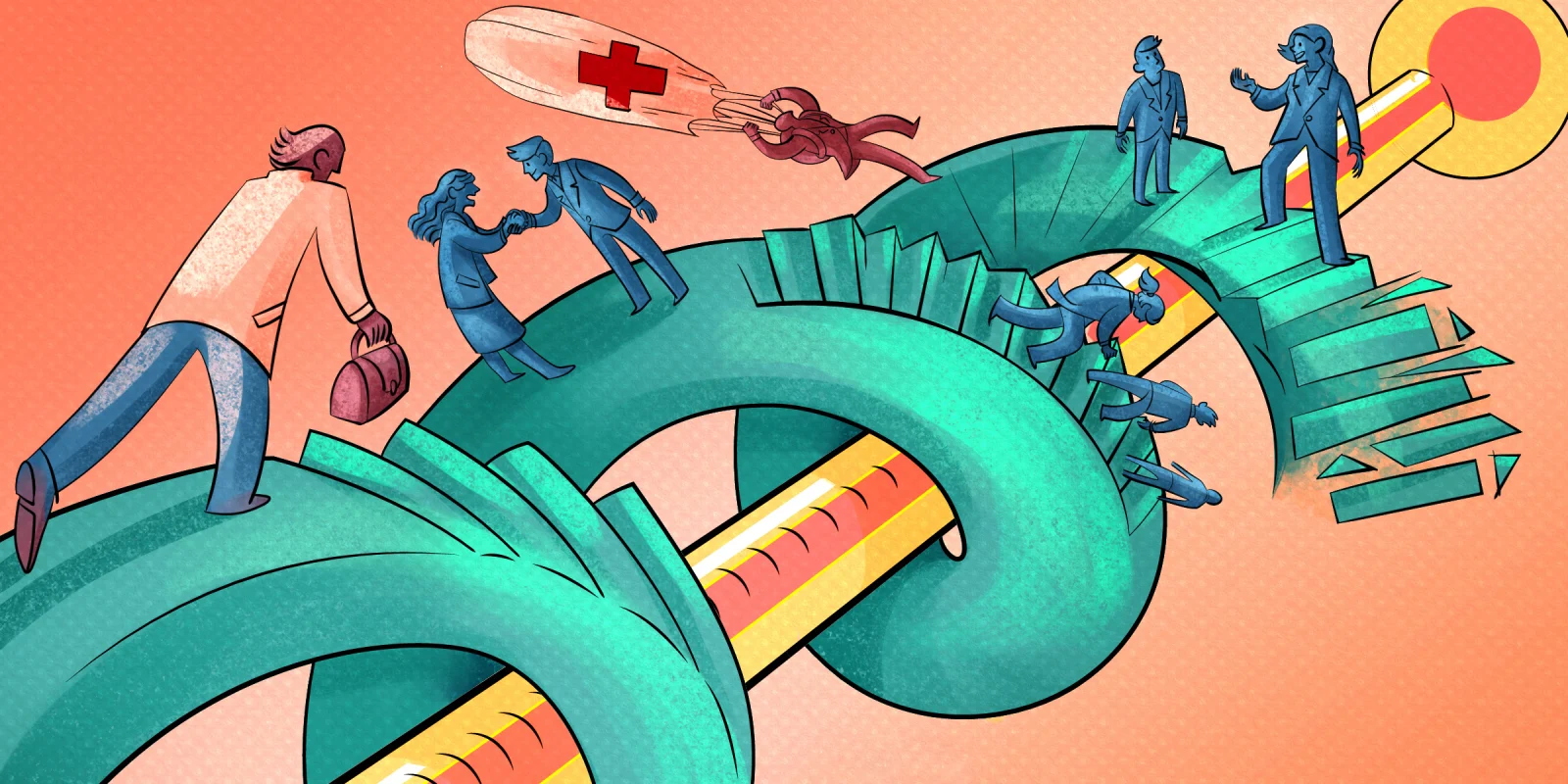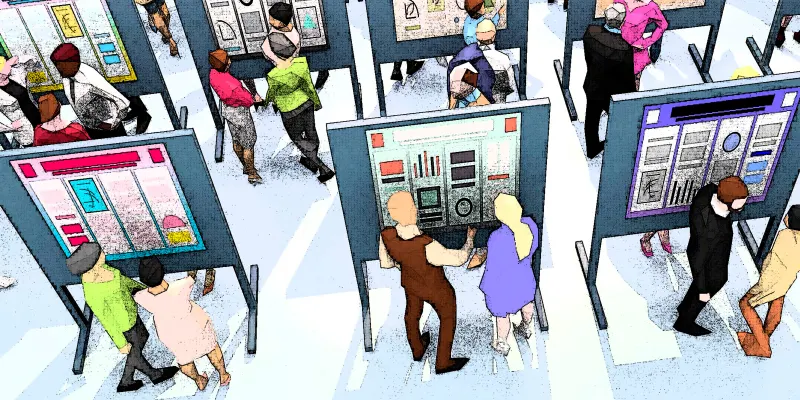The pandemic-related disruption in professional routines created space for reflection on old habits. While it’s too early to know if adult neurologists’ attendance at this annual American Academy of Neurology extravaganza will diminish with concerns growing about the carbon footprint of meetings and possibilities engendered by improved post-pandemic virtual alternatives, as I attended this meeting in person for the first time in 3 years, I found myself pondering the future of AAN meeting participation by child neurologists.
Perhaps the value of AAN membership and meeting attendance to child neurologists is obvious.
The AAN is the premier organization in North America for clinical neurologists, providing education and practice resources, supporting research, and advocating for members and patients. With its membership at over 10 times that of the Child Neurology Society, and with its higher annual membership dues and meeting registration costs, the AAN has a vastly larger budget dedicated to these many vital purposes. Neurological diseases span the full human lifespan, and at a minimum, a practical clinical benefit for me of attending the AAN’s annual meeting is acquiring updated knowledge on the adult trajectory of the many pediatric-onset diseases for which survival to adulthood is common. Also, while many of the adult diseases prominently discussed at the annual meeting have at best limited relevance to clinical child neurology practice, nonetheless academic child neurologists and childhood-onset neurological diseases had substantial representation in plenary and emerging science sessions, educational seminars, and award ceremonies. Thus, I found myself grateful to have acquired career-relevant medical education along with cutting edge neuroscience and medicine at the 2022 AAN meeting in Seattle.
And yet, while to me nearly all neurology is inherently worthy of my time and money, I still find the child/adult asymmetry in membership and meeting attendance is striking. The importance of genetics in neurology is increasing. A neurodevelopmental lens provides insights in epilepsies, movement disorders, and many degenerative disorders. Many of our pediatric patients eventually transition to adult neurologists for clinical care. Attending the Child Neurology Society meeting would confer large benefits to adult neurologists in all these areas. And yet the Child Neurology Society and its lower-cost meeting, whose topics span many subspecialty domains in neurology, attract few clinical or academic adult neurologists.
But then, why should adult neurologists join the Child Neurology Society or attend its annual meeting? I’ve heard more than one child neurologist say, “We need the AAN more than it needs us”. In my experience, such sentiments are typically expressed by older child neurologists or those who subspecialize in vascular neurology or neuroimmunology.
I don’t expect older child or adult neurologists to change their views, but I do expect younger child neurologists will participate less in the AAN meeting in future years. One reason is economic – as the level of hospital support for physician employees for dues and meeting attendance diminishes, child neurologists will prioritize meeting attendance based on professional and social relevance. A second reason is changes in residency training. Most child neurology residents are now trained in large pediatric departments, not neurology departments, and programs that over-emphasize adult clinical neurology training are struggling to fill spots in the match. In fact, multiple surveys show that a majority of child neurologists under age 50 believe mandatory adult neurology training during residency should be significantly curtailed. Third, as the numbers of residents and practicing child neurologists has increased, the capacity for child neurology to serve as a stand-alone community for professional networking and social gathering has increased.
In summary, there are opportunity costs evolving that will change the face of child neurology participation at AAN meetings. Taken together, all these factors may mean I will have fewer child neurology colleagues at the AAN meeting in 2032 than I had at 2022’s excellent meeting. The good news is: more autonomy and self-sufficiency within child neurology ultimately will benefit our patients. And those of us with sufficient professional interest and financial resources will continue to benefit, as post-graduate learners, from AAN membership and virtual or in-person meeting attendance.
Dr. Gilbert has received compensation for expert testimony for the U.S. National Vaccine Injury Compensation Program, through the Department of Health and Human Services. He has received payment for medical expert opinions through Advanced Medical/Teladoc. He has served as a consultant for Applied Therapeutics, Eumentics Therapeutics, and Emalex. He has received research support from the NIH and the DOD. He has received salary compensation through Cincinnati Children’s for work as a clinical trial site investigator from Emalex (clinical trial, Tourette Syndrome) and EryDel (clinical trial, Ataxia Telangiectasia). He has received book/publication royalties from Elsevier, Wolters Kluwer, and the Massachusetts Medical Society.
Illustration by April Brust






